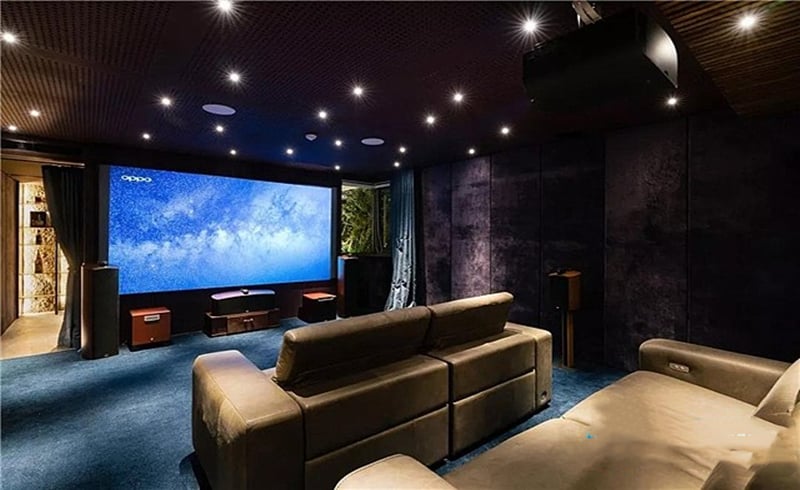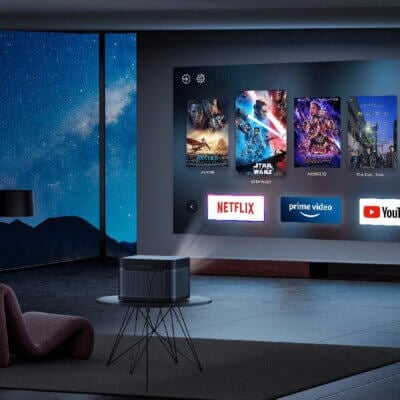If you’re considering buying a projector, you’ll have to choose from various resolutions of SVGA, XGA, WXGA, WUXGA, 1080p, and 4K. What is the suitable resolution for a projector? To answer this question, we should be clear first: how much detail or delicacy you need in the images you’re presenting. In another word, what’s the purpose of you buying a projector.
Projectors can be quite commonly seen in all sorts of fields. You can get a projector for educational use and commercial use, or utilize it to build a home theater.
Therefore, to help you choose the suitable resolution for a projector, we better discuss this from the following perspective:
For home theater use
The most common aspect ratio for streaming content or satellite feeds is 16:9. And 1080p and 4k UHD are becoming the two most mainstream resolutions for videos. Watching movies in 720p is OK too, but I believe it should be a great color reproduction and vibrant image output that you expect from the home projector, so always choose the highest resolution projector within your budget.

For business and educational use
It depends on what kind of information you are projecting and how it will look to your audience. For a typical PowerPoint presentation, SVGA (800*600) and a ratio of 4:3 will suffice. If you plan to show spreadsheets or drawings, XGA (1024*768) will be better than SVGA (800*600) in showing the details and color spreadsheets and drawings.

For engineering use
Engineering projectors are designed for professional use, like exhibitions and cinemas. They are really expensive because they have better performance than the smart portable projectors that we discussed above. People won’t need them in daily life. If you really need an engineering projector, then choose the resolution according to the level of detail you want for your projected image.




